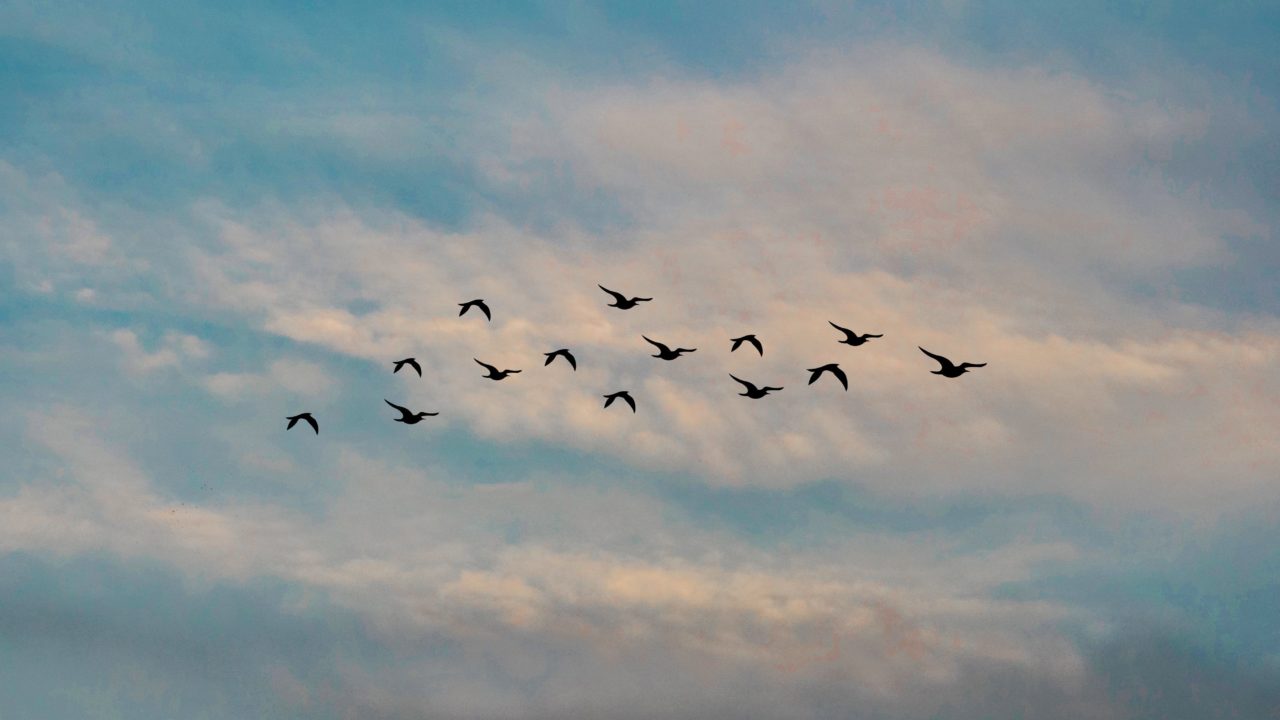Over 1,900 farmers took part in this year’s Big Farmland Bird Count, organised by the Game and Wildlife Conservation Trust (GWCT).
The Big Farmland Bird Count (BFBC), which has been run annually since 2014, gives a snapshot of the health of the UK’s birdlife.
This year’s farmer participants came from every county in England, as well as Northern Ireland, Scotland and Wales, with 300 responses also coming from farmers in Austria, the Czech Republic and Germany.
Norflok submitted the most returns, with 141 farmers completing the survey, followed by Hampshire (80), North Yorkshire (78) and Wiltshire and Suffolk (75 each).
Of the participants, 37% are in some form of agri-environment scheme and 39% are providing some form of extra seed feed for birds, either through growing wild bird seed mixes, or by providing additional grain through scatter feeding or via hoppers.
What did they see?
Over 420,000 birds were counted in the BFBC and the most commonly seen species were blackbirds and woodpigeons, seen by over 71% of participants. Robins, Carrion Crows and Pheasants were seen by over 63% of the farmers.

A total of 26 species from the Red List for Birds of Conservation Concern were recorded, with seven appearing in the 25 most-frequently seen list. These include: Starling, lapwing, fieldfare, linnet, house sparrow, yellowhammer and skylark.
Starlings, Lapwing, Fieldfare, and Linnet were the four most abundant red-listed species recorded with over 125,000 total spotted which equates to 29% of all species spotted.
However, the overall most abundant birds seen were woodpigeons, starling, lapwing, fieldfare and rooks. A total of 204,398 were seen, making up over 48% of the total number of birds recorded.

